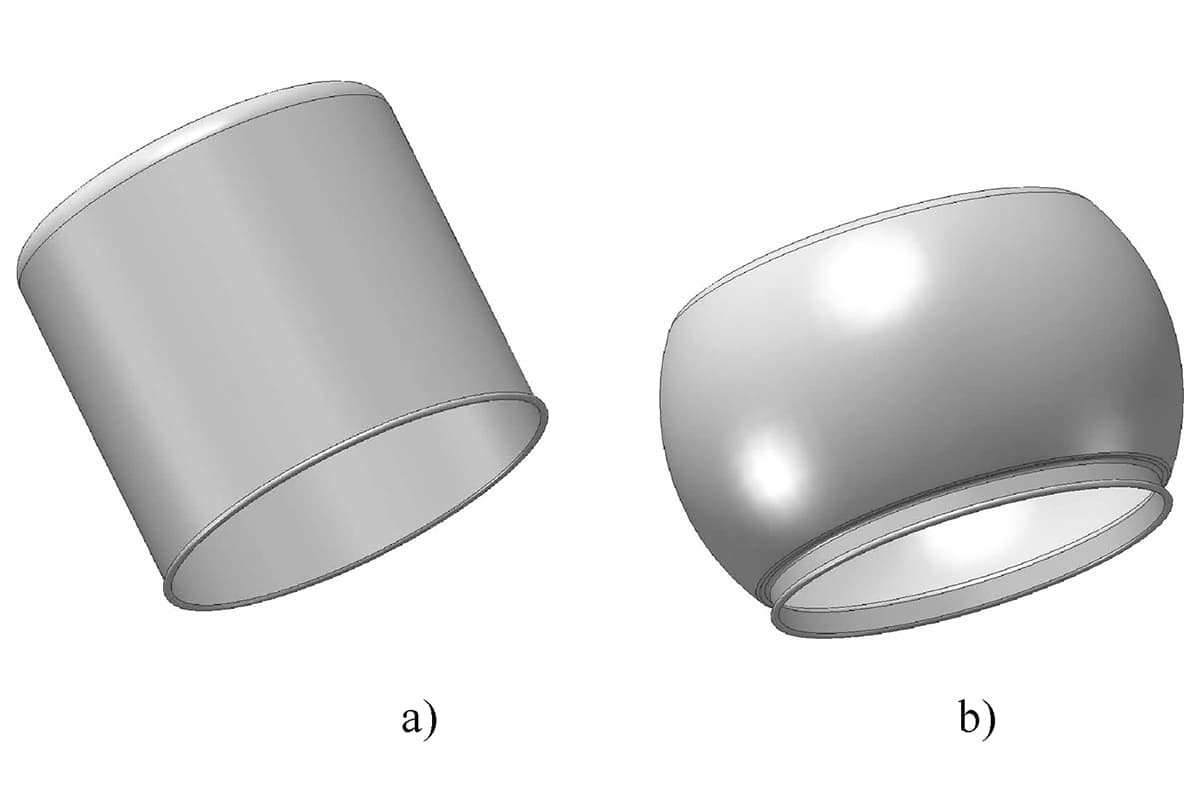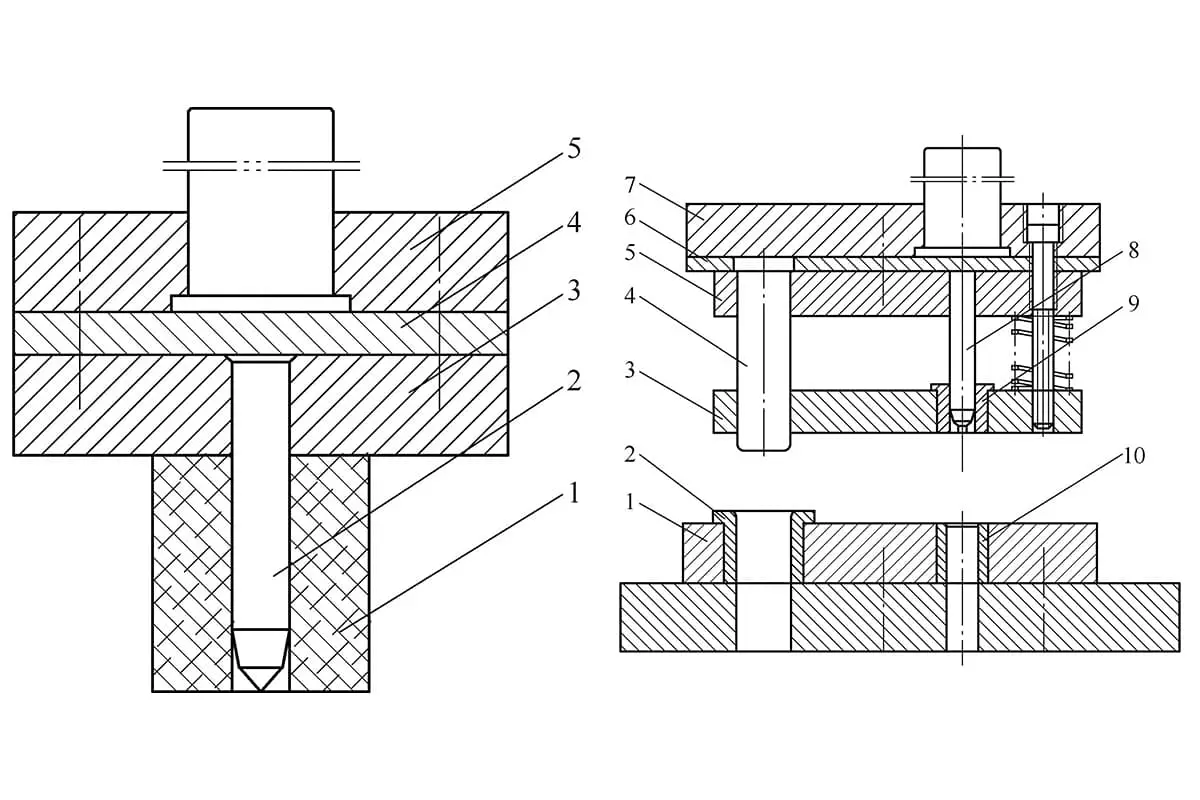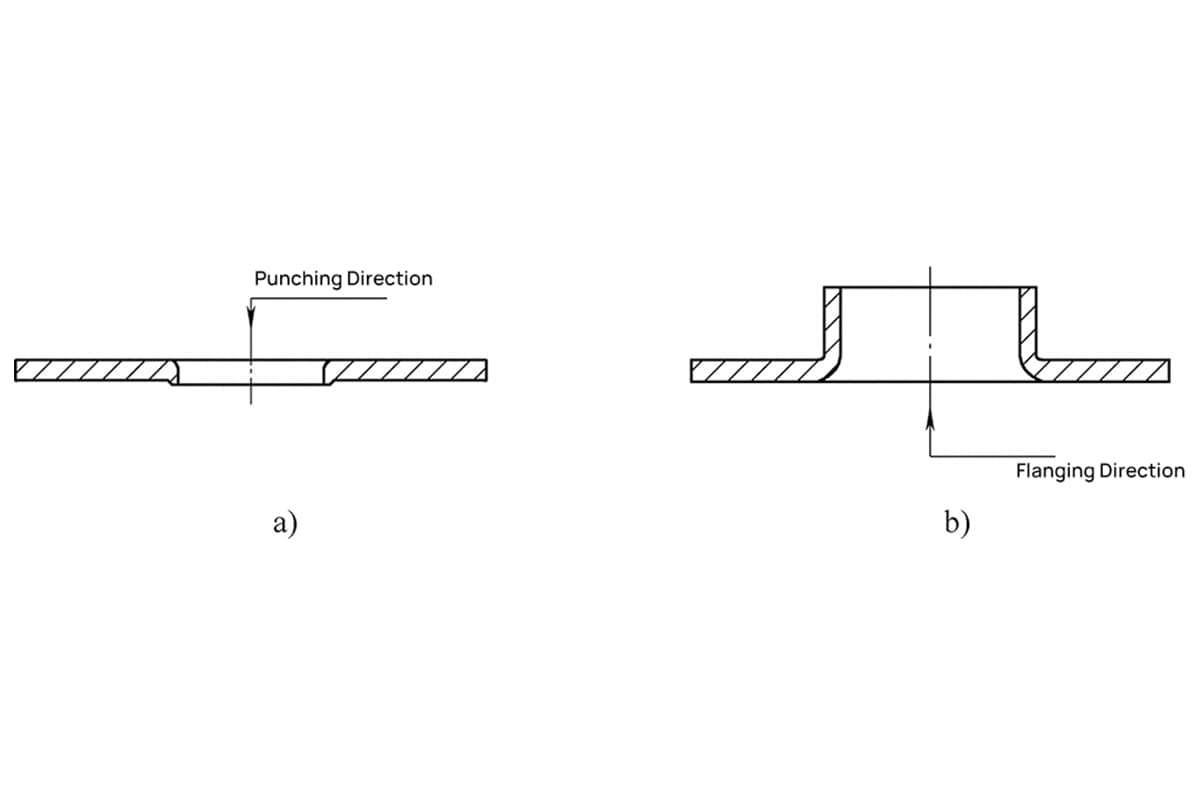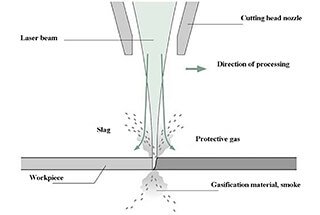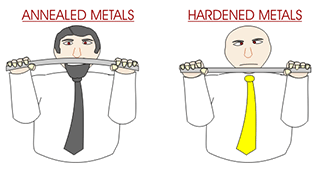Connecting Global Machine Buyers & Manufacturers
Welcome to MachineMFG. We are committed to connecting global machinery buyers and top manufacturers. Whether you are looking for custom machinery solutions or hoping to explore the latest industry trends, here is the ideal place for you.
Trusted by


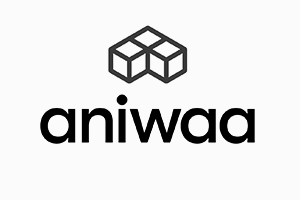





Machinery Trade, Seamlessly Connected
MachineMFG focuses on connecting buyers and sellers in the machinery industry. We make the connection between the two parties seamless and efficient through a simple yet powerful platform.
Join Our Forum/Community
Discuss the latest industry trends, technological advancements, and market dynamics here. Share your insights and explore the future of the industry.


User Guide
Please refer to our user guide to learn how to use our platform efficiently.
About MachineMFG
MachineMFG is committed to being a leading platform that connects buyers and sellers of machinery worldwide. Our vision is to simplify the machinery procurement process through technological innovation and professional services.

Industry News & Tutorials
Explore our professional tutorials and guides to enhance your skills and knowledge.
Metal Expansion Methods: A Comprehensive Classification Guide
Bulge forming is suitable for various types of blanks, such as deep-drawn cups, cut tubes,…
Exploring Flanging Die Designs: A Guide to Typical Structures
Thread Tapping Die Structure General Formula For small-sized threads, a piercing punch is generally used…
Hole Flanging Coefficients: Your Guide to Accurate Calculations
The degree of deformation in flanging or flanging operations is commonly represented by the flanging…
Sheet Metal Gauge Thickness Chart (Steel, Aluminum, Brass)
What is sheet metal gauge? Gauge, commonly known as the American term, is a unit…
Choosing Air Compressor for Laser Cutting Machine: A Guide
Choosing and configuring an air compressor for a laser cutting machine is a complex process…
7 Types of Annealing Explained
What Is Annealing? Annealing is a metal heat treatment process that enhances the properties of…
